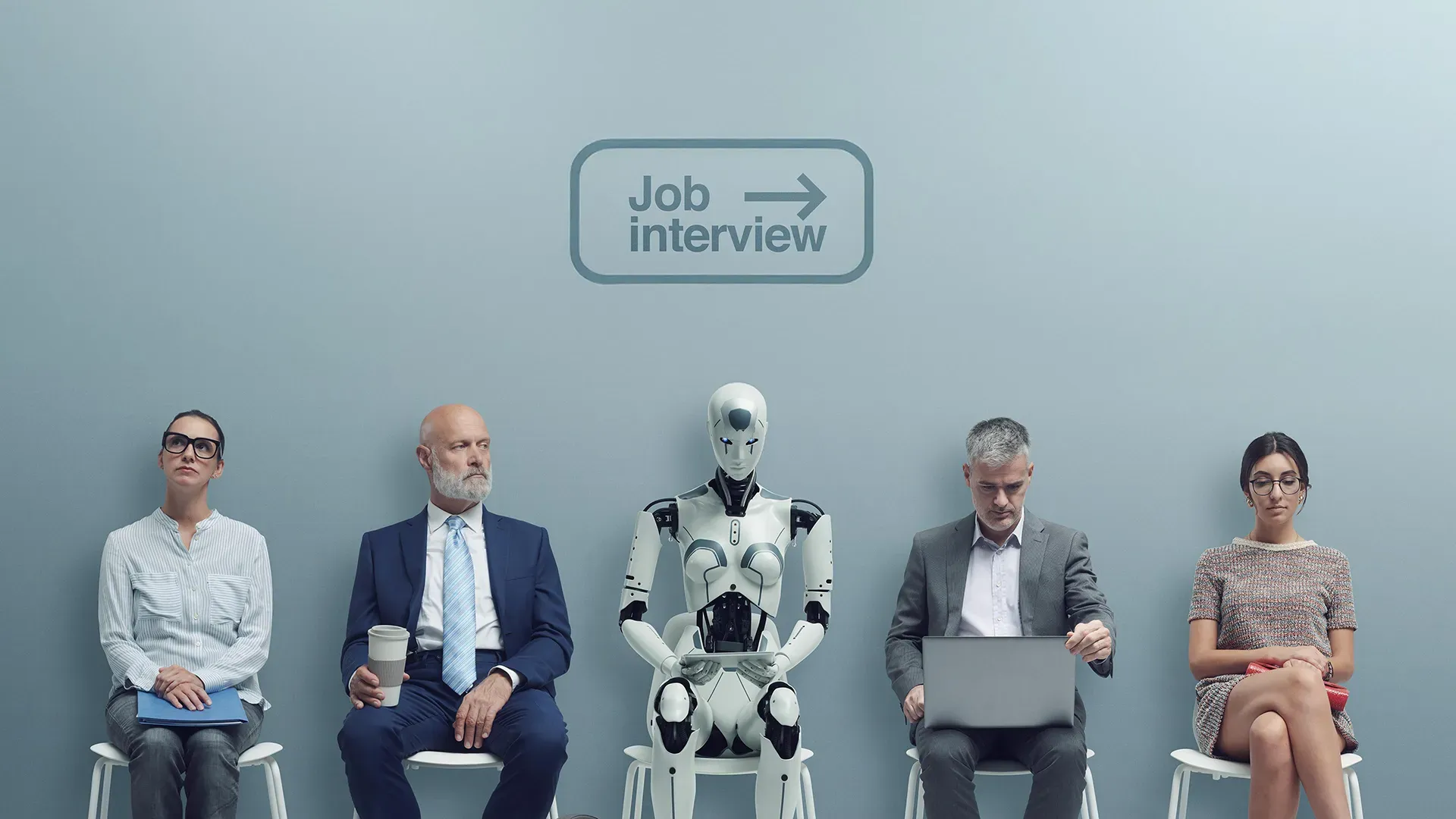The Twenty Professions Most Likely To Disappear First As AI Reshapes The Global Job Market
A practical overview of the twenty professions expected to decline the fastest as AI reshapes global labour markets.

Artificial intelligence is accelerating faster than most labour markets can adapt. What once looked like distant speculation has become a practical reality. Organisations are already replacing or redesigning full job categories as AI systems outperform humans in speed, accuracy and cost. This shift does not signal the end of work, but it does force a hard, pragmatic look at which roles are structurally vulnerable.
Below is an evidence based and forward looking analysis of twenty occupations expected to decline the fastest as AI automation becomes standard practice across industries.
1. Translators and Interpreters
AI language models now deliver real time translation with higher consistency than human translators. Multilingual customer service, subtitles, transcription and cross border correspondence can already be automated at enterprise scale. Human oversight remains valuable, but demand for full time translators is shrinking rapidly.
2. Historians Focused on Archival Research
Large language models can ingest, organise and analyse historical datasets faster than human researchers. For academic historians who rely primarily on archival summarisation, the shift is disruptive. Interpretative and field research roles remain relevant, but desk based historical analysis faces structural pressure.
3. Sales Support and Service Representatives
AI agents and automated chat workflows now handle product queries, troubleshooting and onboarding with predictable quality. This cuts the need for large customer service teams, especially in telecom, retail and SaaS.
4. Call Centre Agents and Operators
Voice AI has reached the point where natural conversation, emotional detection and issue resolution can run without human involvement. High volume call centres are already replacing night shifts and first line support with autonomous agents.
5. Travel Agents and Ticketing Staff
Online booking platforms combined with AI driven travel planning have replaced nearly all human planning tasks. Personalised itineraries can now be generated in seconds, reducing the value of traditional travel desks.
6. Security Desk and Reception Staff
AI camera analytics, automated access control and remote monitoring platforms reduce the need for on site personnel. Many companies now operate with virtual reception systems supported by AI presence detection.
7. Telemarketers
Automated outbound calling and lead qualification tools outperform human telemarketers on cost and conversion rate. AI is also better at compliance tracking and script consistency.
8. Editors, Copywriters and Proofreaders
Content generation, editing and quality control are increasingly automated. Human editorial oversight still matters for high value work, but routine copywriting and proofreading are rapidly moving to AI assisted pipelines.
9. Web Developers
Low code platforms, AI code generation and automated deployment have transformed entry level development roles. Senior engineering and architecture remain essential, but basic web development tasks are becoming commoditised.
10. Writers and Content Authors
Blogs, newsletters, product descriptions and knowledge bases are now generated using AI content engines. Human writers remain valuable for editorial direction, but the volume of manual writing is decreasing.
11. Models for Basic Commercial Shoots
AI generated product photography and synthetic modelling replace traditional shoots for catalogues, ecommerce and stock imagery. Human models are still used for brand campaigns, but day to day work is shrinking.
12. Market Research Analysts
Survey creation, data processing and consumer insights can now be automated using AI driven analytics. Human analysts still manage complex research, but routine market analysis is handled by models.
13. Administrative Assistants
Scheduling, inbox management, document creation and workflow coordination are now supported by AI assistants and automation platforms. This reduces demand for administrative staff in both small and large organisations.
14. Bookkeepers and Basic Accounting Staff
AI accounting platforms handle reconciliation, invoicing, expense classification and reporting automatically. Human accountants remain essential for compliance and audits, but operational bookkeeping is being automated.
15. Counter and Rental Desk Employees
Self service kiosks, automated checkout and AI powered rental systems reduce reliance on counter staff. The hospitality and car rental sectors are already shifting to fully automated processes.
16. Demonstrators and Product Promoters
AI generated product demos, virtual influencers and personalised video marketing outperform traditional in store promotion. Retailers adopt digital engagement over physical demonstrations.
17. Advertising and Sales Agents
AI driven bidding strategies, automated outreach tools and predictive targeting reduce the need for manual sales prospecting. Human strategy specialists remain critical, but operational roles fade.
18. Customer Facing Clerical Support
Anything involving form processing, ticket handling, approvals or document routing is being automated with workflow engines like Make and n8n. What once required a clerical team can now run through a single automation layer.
19. Proofreaders and Quality Controllers
Language models excel at spotting inconsistencies, formatting issues and grammatical errors at speed. This is one of the clearest examples of total task displacement.
20. Entry Level Research Assistants
Scanning literature, compiling notes, summarising reports and generating insights can now be done by AI research engines. Senior researchers remain essential, but junior desk research roles diminish.
The Bigger Picture
These shifts do not signal a collapse of the job market, but a redistribution. Roles that rely on repetitive, predictable information processing are at the highest risk. Meanwhile, new roles in AI governance, compliance, automation architecture and workflow engineering grow rapidly.
Success in this landscape depends on agility. Individuals and organisations that modernise early gain a structural advantage. Those that wait risk being overtaken by faster, automation native competitors.
